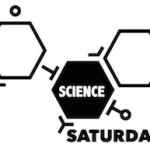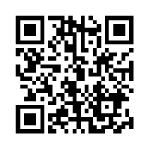Wondering how to blend project-based learning with STEAM?
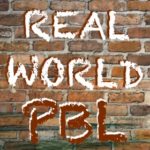
Yes, STEAM: Science, Technology, Engineering, Arts and Math. Earlier this year we profiled The Cabot School’s amazing public exhibition of sound sculptures highlighting water conservation. They were a big hit with the Cabot community, the students who made them and, it turns out, a fair number of you guys, too: our readers.
In this episode of The 21st Century Classroom, we talk with Cabot School educator Michael Hendrix. We hear about what it takes to pull off STEAM-powered PBL and why Hendrix feels you can’t ever really teach science without art.
Continue reading “The great Brian Eno-powered STEAM PBL caper”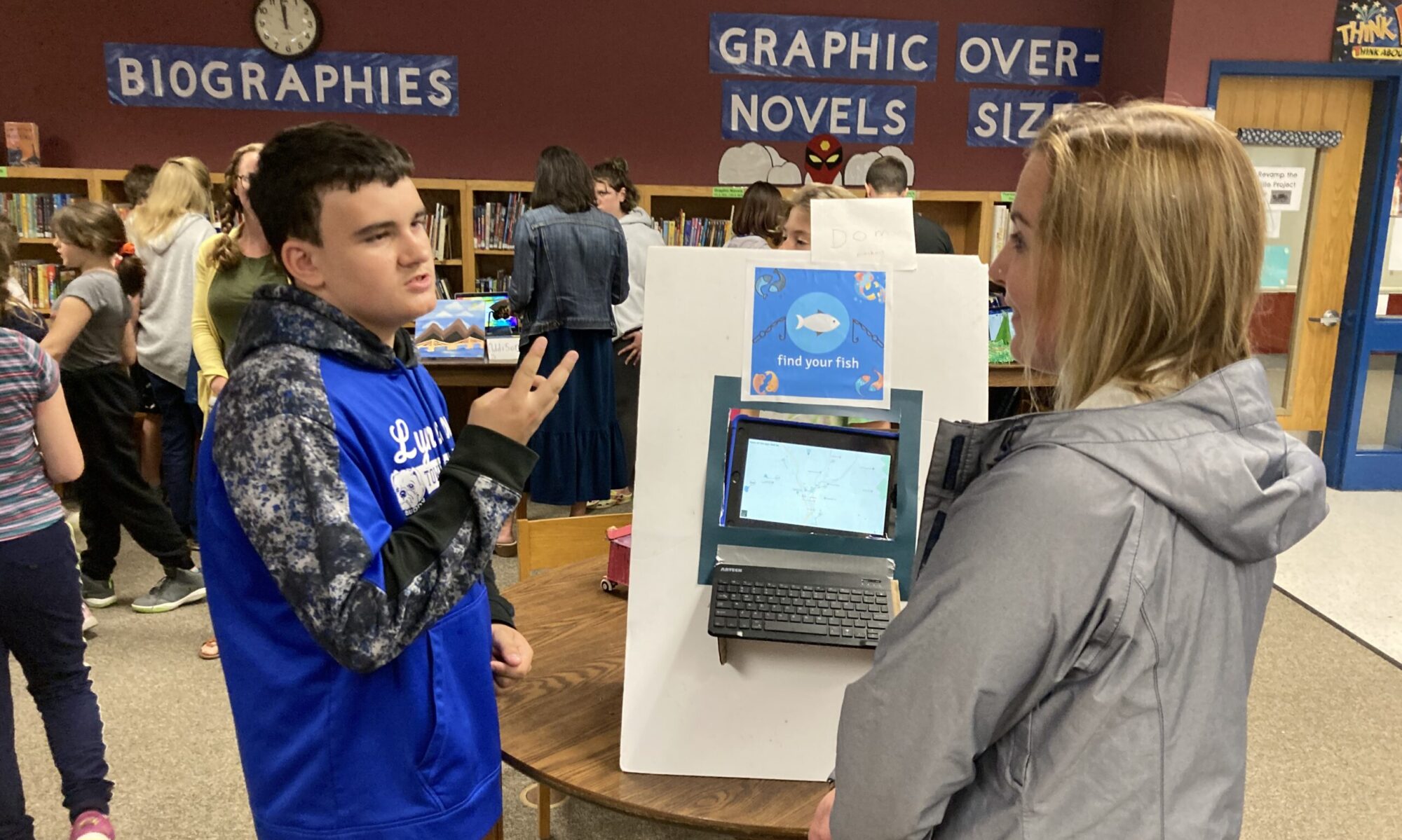


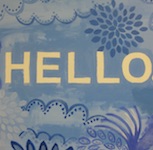 Arts and citizenship is for 8th graders at Shelburne Community School. This past session, they had a digital media focus, looking at photography and Photoshop and digital manipulation.
Arts and citizenship is for 8th graders at Shelburne Community School. This past session, they had a digital media focus, looking at photography and Photoshop and digital manipulation.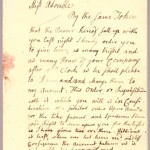 Primary sources? Yes please!
Primary sources? Yes please!